Dear gamers, fellow readers,
If memory serves, the last DD was concluding just before the Sui dynasty (隋) ride to unite China. So let us not waste time and go straight to the point!
Riding down from the North
When Emperor Wu of the Northern Zhou eventually beat the Northern Qi Kingdom in 577 A.D., northern China was experiencing a periode of human strength that far surpassed the southern kingdoms. The unification war had so far only be stopped by a civil war in the North (532-534 A.D.).
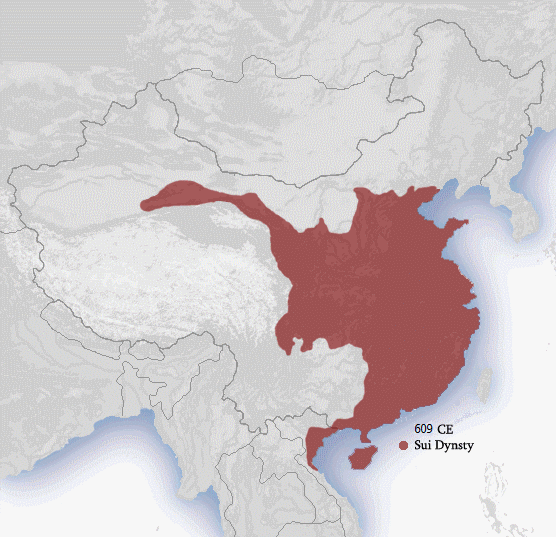
The Sui dynasty was born by usurpation: when the daughter of the powerful Yang Jian became dowager empress of the Northern Zhou, his stepson ascended to the throne. A war later and Yang Jian, then Prime Minister, overthrew the child-emperor and crowns himself Emperor Wendi (文帝) of the Sui dynasty. Once a purge was conducted, getting rid of no less than 59 princes of the previous imperial family, Emperor Wen went on to re-sinicise China. Abolishing the last anti-Han policy of the Zhou era, Emperor Wen wins the support of the Confucianist elite. What left aplenty of room for manoeuvre to prepare for war.
In 588, a 518,000-strong Sui army was launched against the southern Kingdom of Chen. Thousands of ships came along. Comprised of Xianbei warriors and more « Chinese » soldiers plus people from the recently conquered Sichuan, the south of China was submitted by 589. China was reunited for the first time in 300 years.
The higher they rise…
The Sui are credited with a number of centralising reforms and magnificent architectural realisations. Among political and economic reforms worth mentioning:
- The establishment of the « equal-field system »: all land now belongs to the Emperor and is attributed to households according to their size. Results: reduction of economic inegality and increase in agricultural productivity,
- Creation of the Three Departments and Six Ministries, in place until the end of the Yuan dynasty (1368),
- Imperial examinations to recruit scholar-officials,
- Standardisation and reunification of coinage.
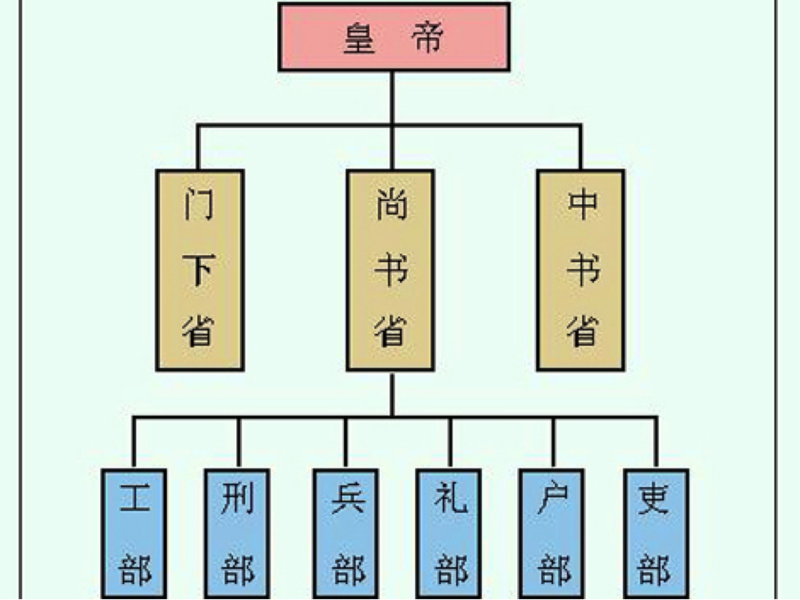
One the famous architectural landmark from the Sui era is the 1,776km-long Grand Canal from Luoyang to Hangzhou, linking the Yellow and Yangzi rivers. Let us not forget about the extension of the Great Wall. The construction of Luoyang to replace Chang’an as the capital. The building of large and magnificent palaces. Additionally, although it entered China earlier in the 5th century, Buddhism spread in the country, officially state-supported. By the way, the first Chinese dictionaries (of medieval Chinese) were compiled under the Sui!
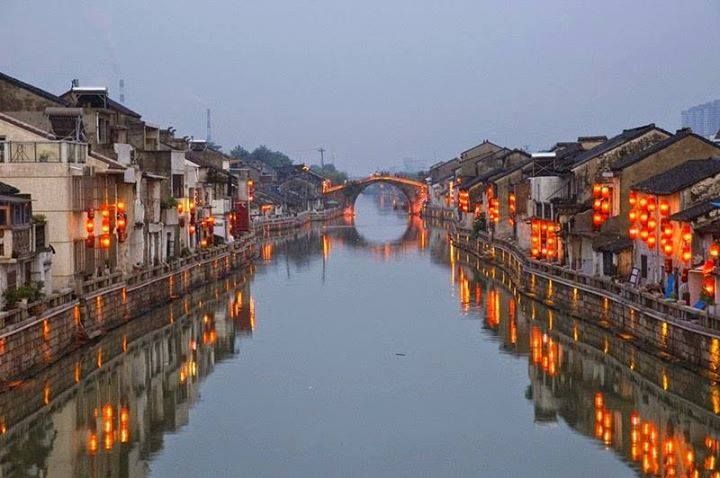
… the harder they fall
You may wonder how such a brilliant dynasty came to fall. Several factors came in to play in their demise:
- Overexploitation of human resources for their greatworks, despite higher resources gained from centralisation,
- Heavy taxation and compulsory work under the last Emperor, Yang,
- The killing blow: a series of four ambitious campaigns against the kingdom of Goguryo (고구려; 高句麗) in the Korean peninsula between 598 and 614 that all failed miserably.
These are all the necessary ingredients for a nasty fall. Popular revolts, betrayal of officers, banditry fragmented the Empire. By 617, a large portion of the land is no longer controlled by those forces loyal to the Emperor. Emperor Yang fails to enlist the support of the powerful Xiaoguo Army (驍果) at Jiangdu. By 618, he dies to a coup.
Place to the Tangs!
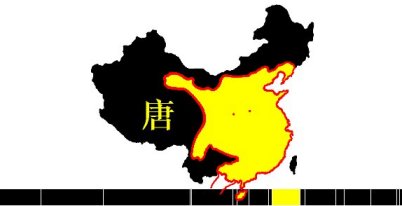
Li Yuan (李淵), a general of the Sui who controls the area of Taiyuan (in nowadays’ Shanxi), proclaimed himself Emperor Gaozu (高祖) of the Tang (唐) dynasty. Thanks to a loyal army, comprised of many talents recruited from 613 onward, he slowly established his rule over the former Sui empire. China entered what is today regarded by historians as a golden age, with a very cosmopolitan and prosperous society, especially under the reign of Emperor Taizong (太宗). Culture, art, poetry, litterature and technology blossomed between 618 and 907.
When China became the « Middle Kingdom »
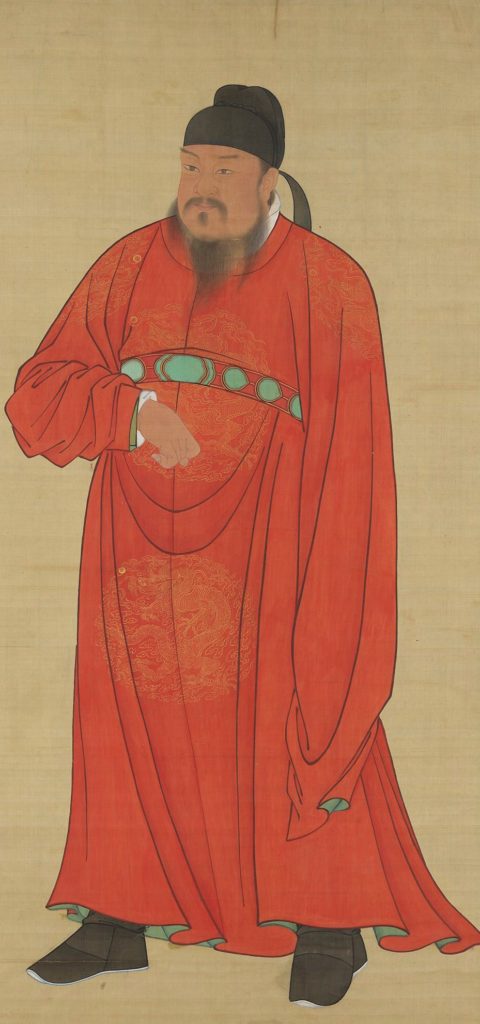
Successful military expeditions and a considerate diplomatic game were instrumental in placing China as the true Middle Kingdom. A vast tributary system emerged under the Tangs, where neighbouring kingdoms would send embassies with gift to the Tang emperors. They would recognise China’s dominance this way and return home with lavish gifts in return. The Tarim Basin, in the West, was notably submitted to keep the Silk Road running without interference from nomadic people.
The Tang successes were largely built on a strong administration, using the basis inherited from the Sui built to complete maturity. Increase in agricultural productivity led to a boom in population growth, leading to an estimation of 50 millions of people living in China around 700. The Tang also implemented a conscription system (the Fubing system) where men granted land would serve 6 years in the army. By the dynasty’s midpoint, conscription had largely been replaced by standing armies, thanks a thriving economy (and juicy taxes). Land also became increasingly owned by private hands, as a result of this land-against-service military policy.
Trade was immensely successful, with key centres like Guangzhou and Hangzhou reaching distant countries. Merchants from all origins were found in those trade cities – hence for instance the presence of old mosques across China! We also owe to Tang China many crucial inventions like woodblock printing, clockworks for timekeeping, mechanics and automatons. Major progresses were done in medicine, cartography and structural engineering. Tang alchemists were renowned for manipulating complex chemical formulas. Even playing cards were invented under the Tangs!
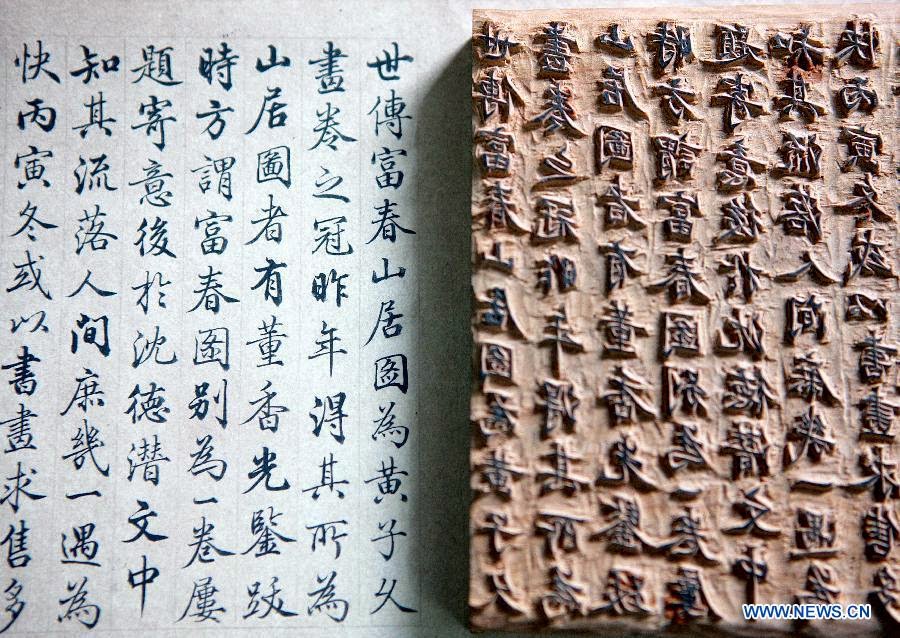
Buddhism in China
Buddhism had reached its alltime high in China under the Tang. The famous scholar-monk-traveller Xuanzang travelled to India and returned with « over six hundred Mahayana and Hinayana texts, seven statues of the Buddha and more than a hundred sarira relics. » Indian religious men, like Vajrabodhi, were invited ot the Chinese Imperial court. Accepted along Daoism as the main credo, Buddhism was very close to a state religion in the first half of the dynasty. For instance, in 714, Emperor Xuanzong banned all selling of Buddhist sutras by anybody else than the Buddhist clergy and, in 742, personally led a Buddhist ceremony to give strength to Tang forces.
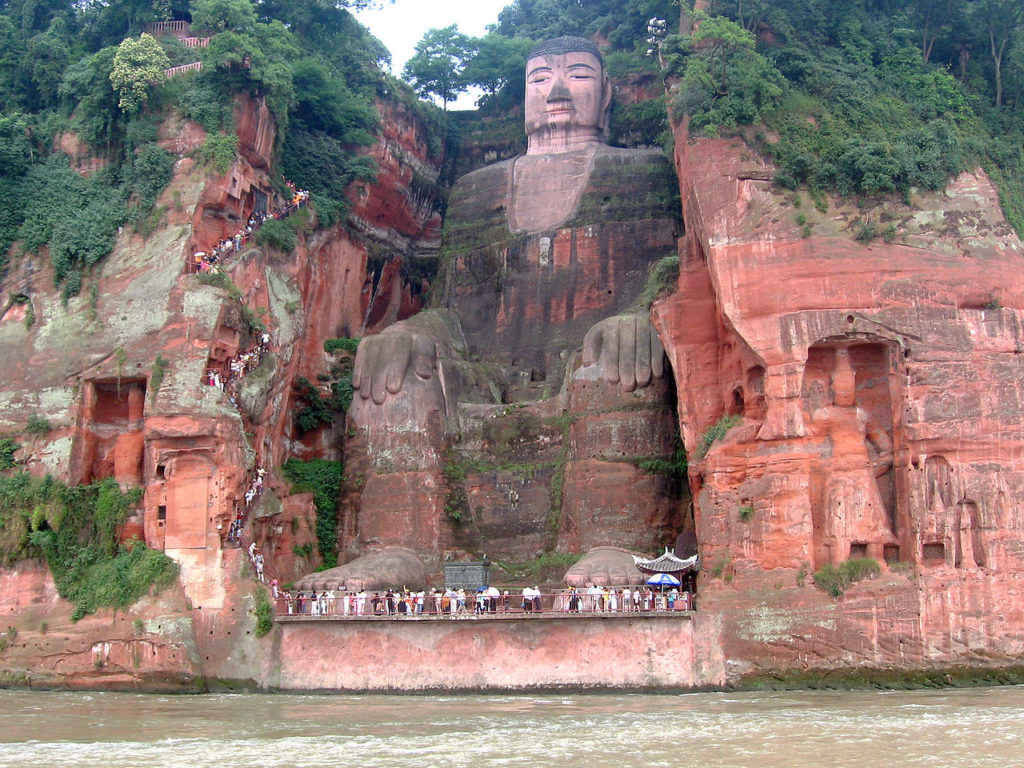
However, Buddhism began to decline during the second half of the 8th century. In 845, Emperor Wuzong had some 4,600 Buddhist monasteries and 40,000 temples and shrines closed. Some 260,000 monks and nuns were forced to return to lay life. Although the ban was lifted a few years later, Buddhism never regained its prior signifiance.
A quick focus: the Wu Zetian interlude
There was no way we would not talk about the only official female ruler in China: Empress regnant Wu Zetian. Initially a lowly concubine of Emperor Taizong, Wu Zetian eventually married his successor-son Gaozong in 655, becoming Empress consort. Although she had been building considerable political power prior to this date, the new position further secured her « power behing the throne ».
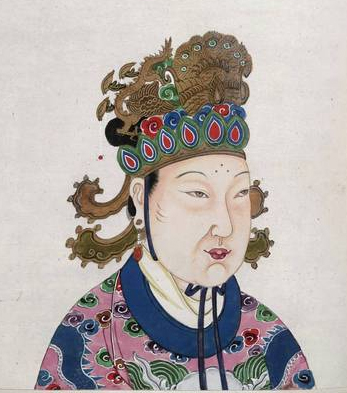
When Emperor Gaozong suffered a debilitating stroke in 660, she was able to step in as administrator of the court and, as Empress dowager, was in a sufficiently strong position to remove from power Emperors Zhongzong and Ruizhong. Civil war started in 688 due to resitance to her schemes. She emerged victorious from it in 690, where she took the final steps to founding her own dynasty: the Wu Zhou (武周) dynasty, officially known as the Zhou dynasty. Wu Zetian remained in power as Empress regnant until her death in 705, when the Tang dynasty was restored.
Her reign notoriously coincided with a increase in Chinese power, both internally and externally. The old official class coming from powerful clans was shackled when the imperial examinations were open to men of all classes and promotion based on skills demonstrated by written tests. This was supported by merit-based promotions and increases salaries, as to decreases corruption among scholar-officials. She followed this with popular promotions and increased salaries. Wu Zetian also issued Acts of Grace and other decrees of relief for the common folk, and funded many religious activities.
Once again, we cannot stress enough how she was the one and only Empress regnant in Chinese history. Those who raise Cixi are sadly wrong, as Cixi was the power behind the throne and later, « Emperor ».
Like all its predecessors, bound to fall someday
The Tangs took a number of blows that progressively weakened the dynasty. The 755-763 An Lushan rebellion marked the beginning of their slow decline. Suppressing this rebellion was made possible by regional military governors (the jiedushi) whose power increased while the central bureaucracy was getting weaker and weaker. Decrease in power came with a decrease of revenues; as a result, the Tangs were increasingly relying on the salt monopoly tax.Tthose border neighbours which had been previously submitted returned to military activity and seized a number of vast border territories. The Tang administration became increasingly less interventionist but a vibrant economic life kept the boat afloat.
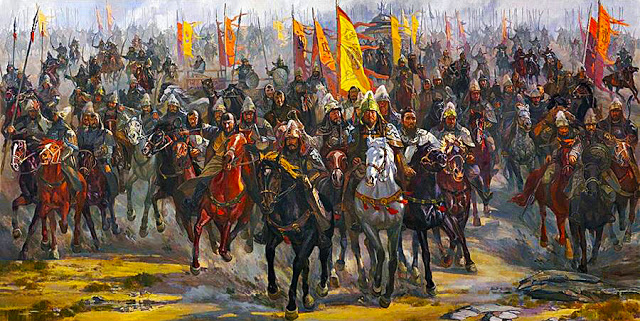
What was further devastating were those regional governors, who became warlords overtime and « offered » their services to the Tang dynasty to quell rebellions. The Huang Shao rebellion ravaged China for 10 years, between 874 to 884. Guangzhou was sacked in 879, dealing a heavy blow to trade, with thousands of inhabitants being massacred. As a warlord is only preocuppied by regional interests (mostly his owns), their extensive use by Tang emperors led them an overwhelming position. Additionally, in the court, factional strife between scholar-officials and bribes and theft committed by greedy eunuchs further weakened the dynasty. By 881, both Luoyang and Chang’an had successively fallen. A regional warlord, Zhu Wen (朱溫) moved to kill Tang Emperor Zhaozong in 907, putting an end to some 300 years of Tang rule.
China fell to internal wars for some more 65-ish years, during a period known as the Five Dynasties and Ten Kingdoms (907-970). But this, friends, is another story.
Well, it seems we have been more volubile than in the previous historical summaries. Sorry for the doorstop… We will stop here for today but, we are certainely not through yet – much more dynasties coming in the next DD!
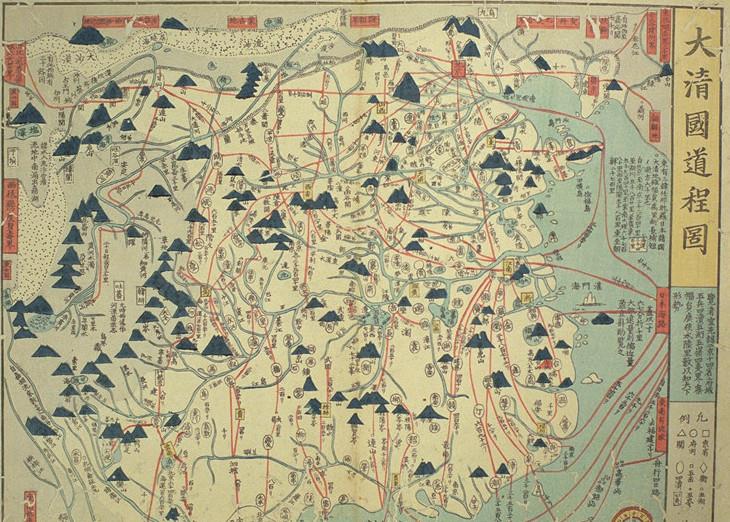
spetacular, really if you put as much work in the game as the thread i cannot wait any longer to play it 🙂